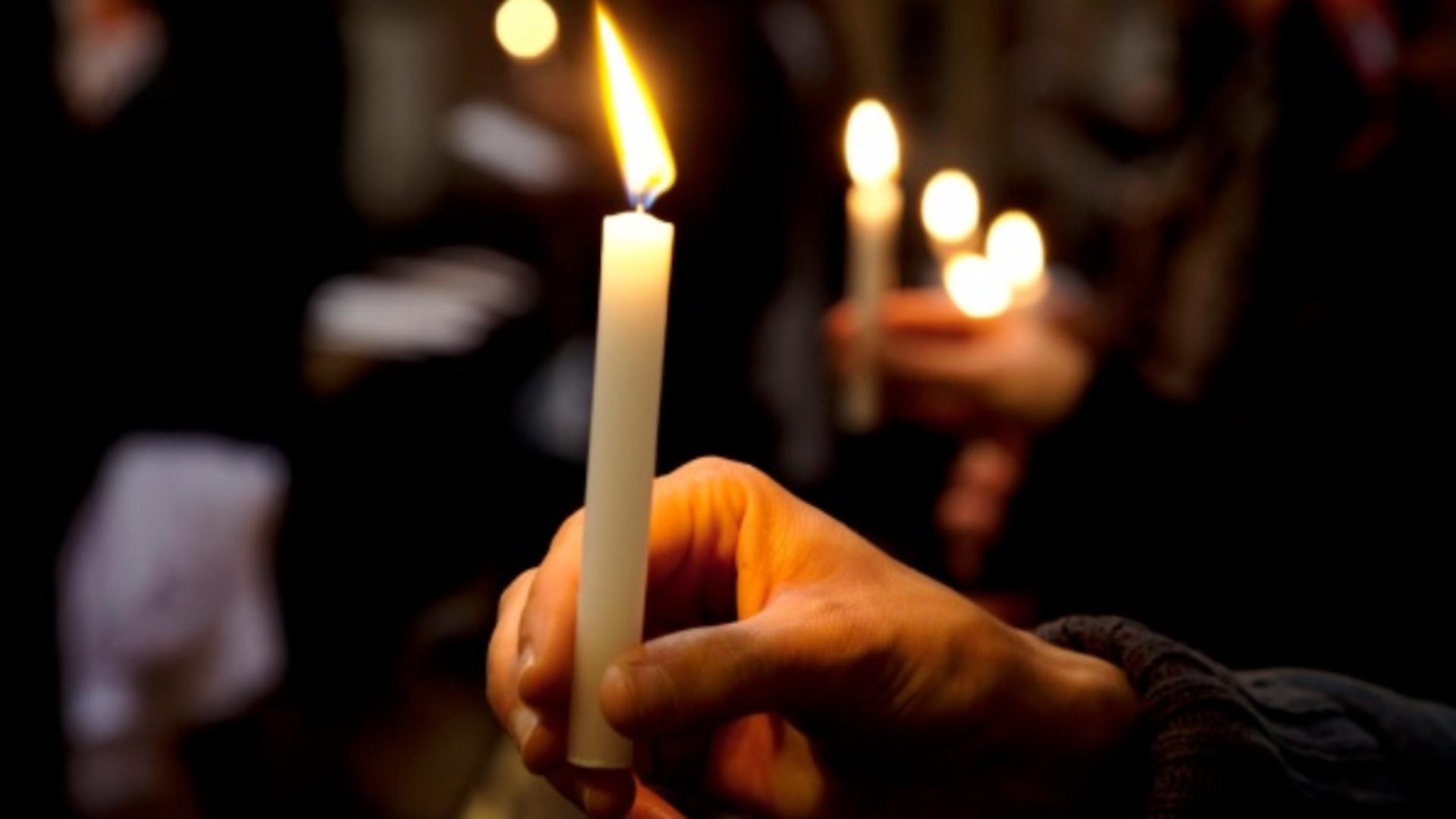Romania is a country known for its traditions, many of which are deeply rooted in Orthodox Christianity. For expats and visitors, these customs can often be fascinating, sometimes puzzling, and occasionally controversial.
One such tradition that stands out is how Romanians observe Saint Mary’s Day on August 15th. What makes this day particularly interesting is the celebration itself and the varying attitudes and practices surrounding it.
The Dual Nature of Saint Mary’s Day in Romania
August 15th is observed in many Christian countries as the Feast of the Assumption, commemorating the day when the Virgin Mary was believed to have been taken into Heaven. This day is called “Sfânta Maria Mare,” or Great Saint Mary’s Day in Romania. It is one of the most significant religious holidays in the country, marked by church services, family gatherings, and various local customs.
However, how this day is celebrated—or, in some cases, not celebrated—reveals a complex relationship with the tradition. While many Romanians honour this day with deep religious reverence, others may pass it by with little fanfare. The controversy lies like the Assumption itself: it is seen as a solemn occasion, marking the end of the Virgin Mary’s earthly life.
A Celebration Divided
In Romania, it is customary for people to celebrate their name day—the feast day of the saint after whom they are named. For those named Maria, Marian, or any of the numerous variations of the name, one would assume that August 15th is a day of celebration. Yet, this is not always the case.
The reason for this divide is tied to the belief that celebrating life rather than its end is more appropriate. As such, many Romanians prefer to honour their name day on September 8th, known as “Sfânta Maria Mică,” or Little Saint Mary’s Day, commemorating the Virgin Mary’s birth. This day is viewed as a more joyous occasion, a celebration of life rather than a solemn remembrance.
For those unfamiliar with these traditions, seeing such a significant day met with varying degrees of observance can be surprising. While August 15th remains an important religious holiday, the choice to celebrate it or not can be deeply personal, influenced by family customs, regional practices, and individual beliefs.
Understanding the Nuance
This nuanced approach to Saint Mary’s Day reflects Romania’s broader cultural and religious complexity. For those living or travelling in the country, it offers a fascinating glimpse into how traditions evolve and adapt. It also highlights the importance of understanding the context behind these customs, particularly in a country where religion and daily life are so closely intertwined.
So, if you find yourself in Romania on August 15th, don’t be surprised if you encounter a range of responses to the day. Whether it’s a day of quiet reflection, joyous celebration, or simply another day on the calendar, Saint Mary’s Day is a unique example of how Romanians navigate the intersection of tradition, faith, and personal belief.
The varied observance of Saint Mary’s Day is just one of many examples of Romania’s intricate cultural landscape. In a country where history, religion, and local customs often blend unexpectedly, similar complexities are not uncommon in other traditions. From Easter celebrations that differ by region to the diverse ways Christmas is observed, Romania offers a wealth of cultural experiences that can be enlightening and perplexing for outsiders.
For those looking to truly understand Romania, it’s essential to delve into these traditions, ask questions, and appreciate the layers of meaning behind each custom. Saint Mary’s Day, with its blend of celebration and controversy, is a perfect starting point for anyone interested in exploring the unique cultural fabric of this Eastern European nation.
The post The Controversy of Saint Mary’s Day in Romania appeared first on Valahia.News.























